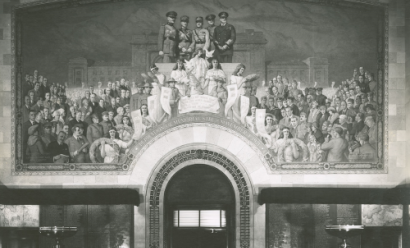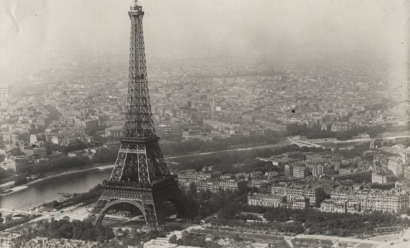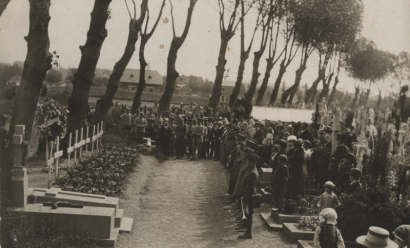In this lesson, students will learn more about the complex relationship between the United States and France, building an understanding of how there has come to be so many American cemeteries in...
In partnership with the American Battle Monuments Commission



